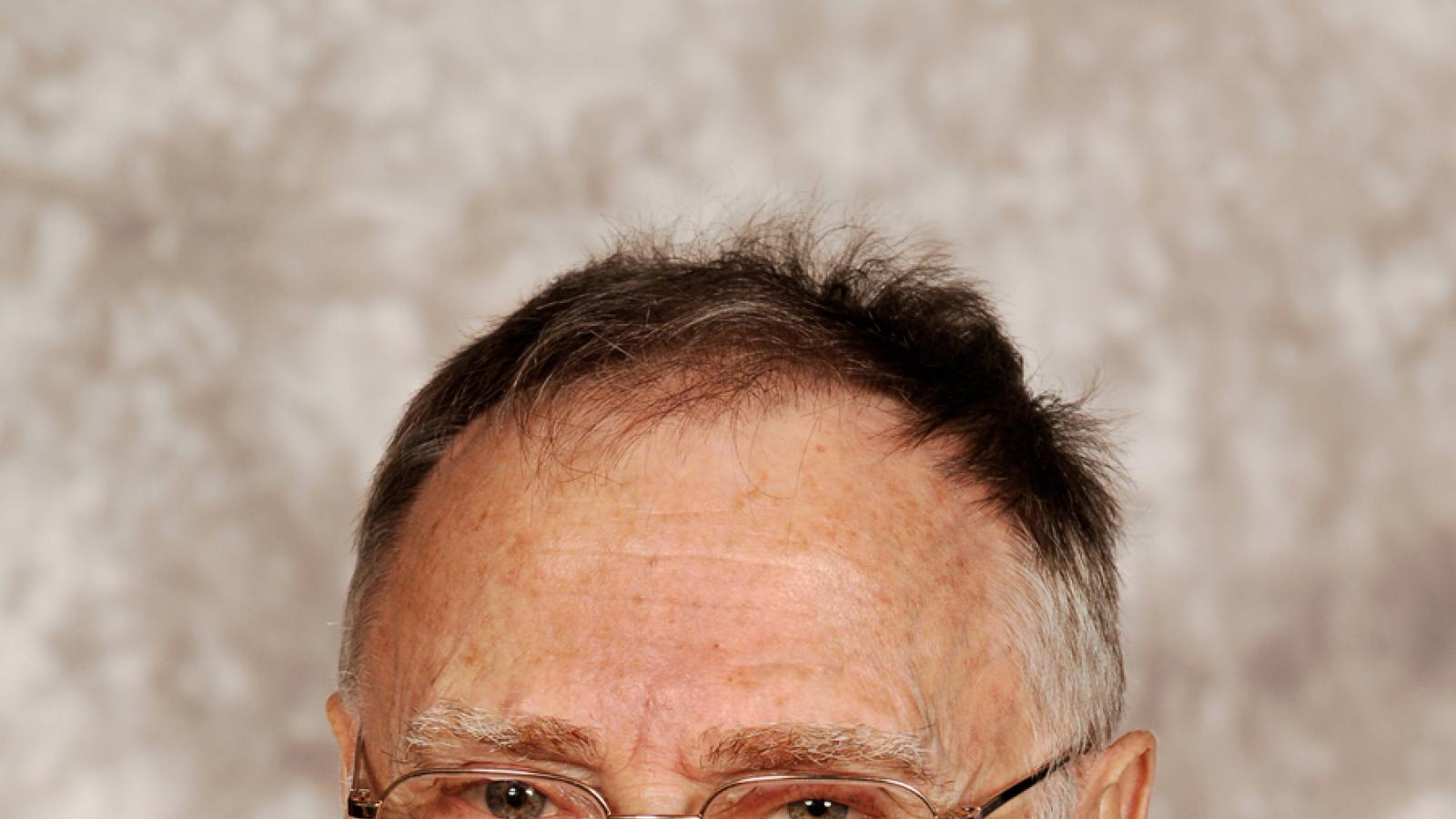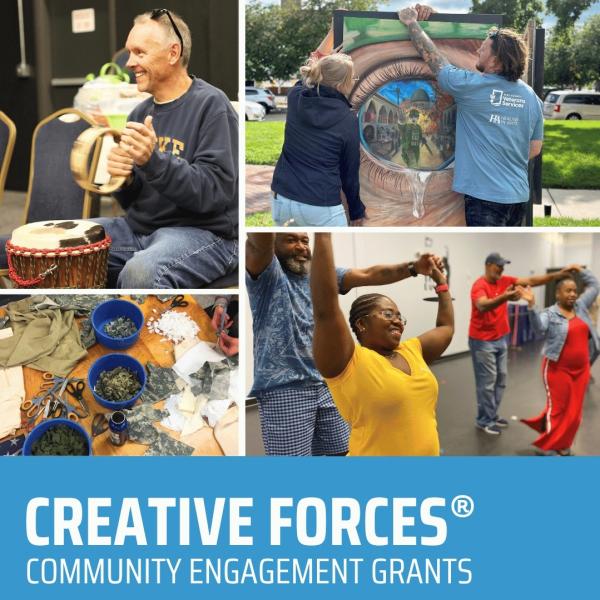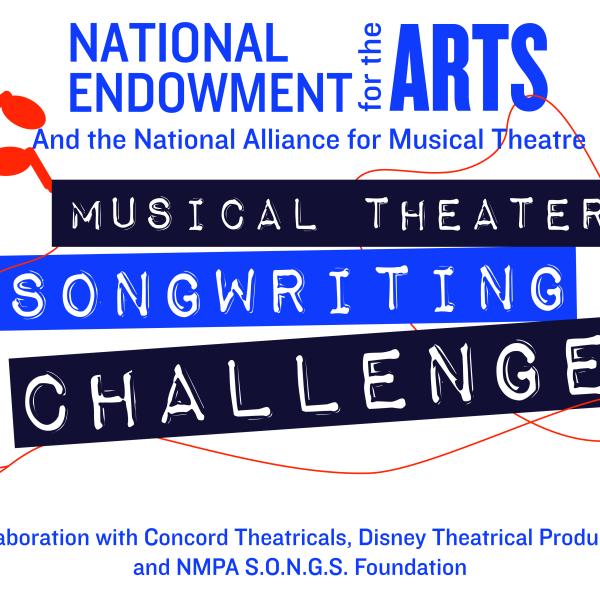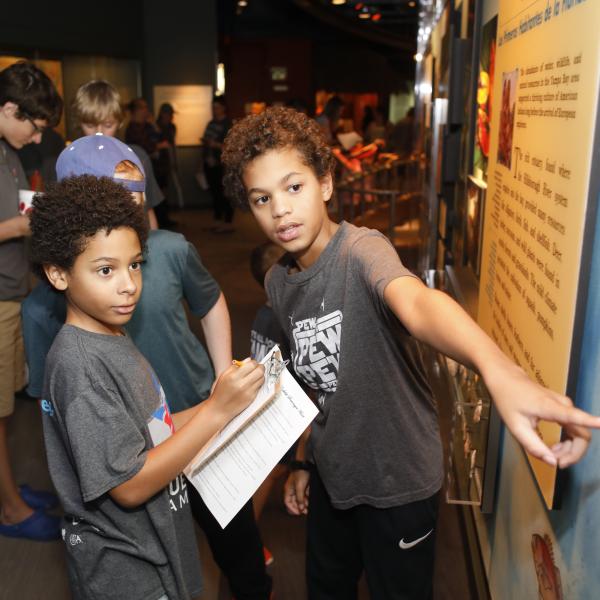National Endowment for the Arts Statement on the Death of NEA Jazz Master Rudy Van Gelder

It is with great sadness that the National Endowment for the Arts acknowledges the passing of recording engineer Rudy Van Gelder, recipient of the 2009 A. B. Spellman NEA Jazz Masters Award for Jazz Advocacy, which is bestowed on an individual who has contributed significantly to the appreciation, knowledge, and advancement of jazz. Considered by many the greatest recording engineer in jazz, Rudy Van Gelder recorded practically every major jazz musician of the 1950s and 1960s on thousands of albums. We join the jazz community in mourning his death while celebrating his life and many contributions to jazz.
Van Gelder became involved with amateur radio as a teenager, which led to his interest in microphones and electronics. Since recording consoles were not then manufactured commercially, he created his own equipment and set up a studio in his parents' living room in Hackensack, New Jersey. An optometrist by day, Van Gelder began recording local jazz musicians in his free time. In 1953, saxophonist Gil Mellé introduced Van Gelder to Blue Note founder Alfred Lion, beginning a 14-year association with the label. He recorded almost every session that Blue Note produced during that time, helping establish Blue Note's reputation as an elite jazz label. The albums also enticed other labels, such as Prestige, Savoy, and Impulse!, to seek out his recording skills. In 1959, needing a larger space for Blue Note and his other clients, Van Gelder finally quit his day job and moved his studio to a new facility he built in Englewood Cliffs, New Jersey.
The signature Van Gelder sound features a clearly defined separation among the instruments, ensuring that every sonic detail is clear and audible. Among the timeless recordings made under his aegis are John Coltrane's Blue Train (Blue Note) Miles Davis' Workin' (Prestige), Andrew Hill's Point of Departure (Blue Note), Freddie Hubbard's Red Clay (CTI), and Wayne Shorter's Speak No Evil (Blue Note).
In a 2008 interview with the National Endowment for the Arts, Van Gelder said, “Jazz essentially is improvised, so to sit there and listen to a musician improvising with a band and everyone playing together, hopefully that creates an atmosphere that can never be reproduced because you're there at the presence of the creation of the music…. So what I do is I endeavor to reproduce that moment and make sure that what they're trying to say is presented in the best possible way. The essential thing that's missing is the improvisation part. I don't consider that I have a sound. I'm not the performer….It's my job to make sure that I understand what he's trying to do and present it in an environment that he's comfortable in and then deliver that for the producer who's hiring me.”
For more information on Van Gelder including a full bio, interview, and Jazz Moments – short audio pieces on his life and career – visit arts.gov.
Related Content
Contact
NEA Public Affairs
202-682-5570




